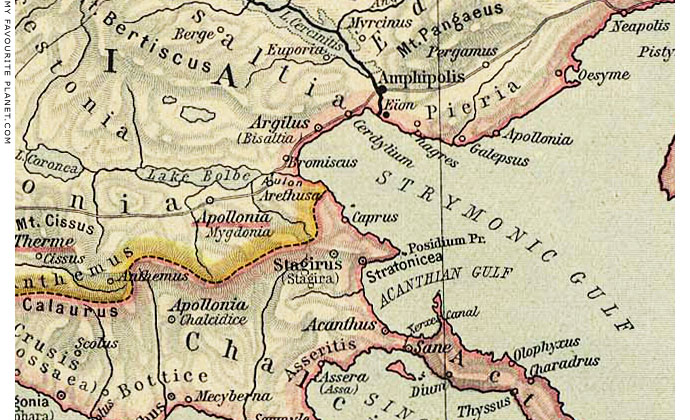I’ll try to answer briefly so I can address some other interesting posts. It's your case which you wish to be appreciated in its totality, yet anyone reading this thread can see that each point you have raised (as the excavations have progressed) has met objections from various people on Pothos, myself included. Listing all the points again in a new post is not going to make anyone suddenly appreciate your argument in its totality. Most arguments of such complexity would be addressed by breaking them down and addressing individual points, but that would be redundant here because each point has already been addressed as you built your argument up.Taphoi wrote:
The case has to be appreciated in its totality...
So you are definitely against a Heroon or cenotaph? Now if the "tomb" is found to be empty, how are you going to still prove that Olympias was buried there, especially as you just said no one would trouble to seal up an empty Heroon? Wouldn't that also apply to an empty tomb?Nobody would have troubled to seal up an empty Heroon with thousands of tonnes of sand and at least three layers of limestone blocks. Nobody would have built a cenotaph to Alexander at Amphipolis, because the sources are explicit that Perdiccas intended to entomb Alexander at Aegae.
Btw, I see no problem with the suggestion of a cenotaph to Alexander being built in Amphipolis. During the timespan proposed for the building of the monument Perdiccas had no influence over anyone at Amphipolis, and perhaps no real influence over anyone in Macedonia. However, if they had wanted to, Antipater or Cassander could easily have built a cenotaph at Aegae without it conflicting with any similar construction in Amphipolis. Attempted exclusivity concerning Alexander's actual body makes sense. Exclusivity regarding monuments in his honor, including cenotaphs, does not. It's obvious in the extant histories that the army, in particular, thought Alexander belonged to everyone.
Best regards,
 (
(